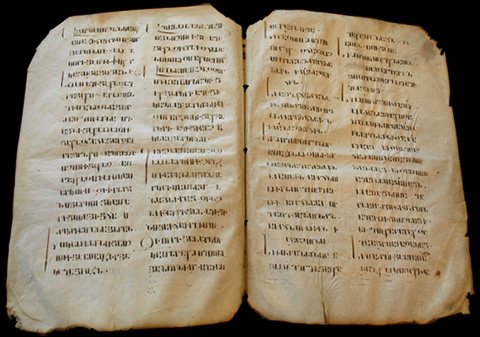Byzantine Empire

Byzantine Ivory Stylus
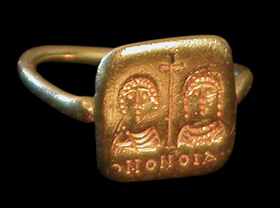
Gold Byzantine Marriage Ring

Gold Byzantine Cross on a Chain
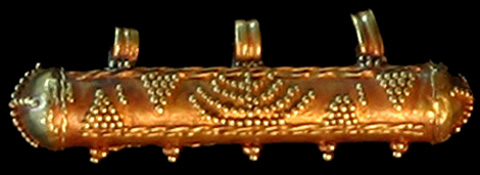
Gold Byzantine Menorah Reliquary
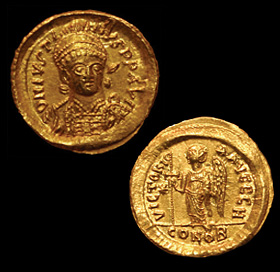
Gold Solidus Coin with the image of the Byzantine Emperor Justin I

Gold Solidus Coin with the image of the Byzantine Co-Emperor Constans II
In the early part of the reign, the Arabs continued their victorious advance and Egypt was subjugated by the autumn of 642. This was a great blow to the Byzantines as Egypt, which was now permanently lost, had been one of the richest provinces of the Empire. The Arab fleet was also built up at this time and constituted a threat to Byzantine naval supremacy.
Revolts occurred in North Africa and in Italy, but they both ended in failure, and Constans further strengthened his position by proclaiming his son, Constantine IV, co-emperor in 654. Four years later he undertook a campaign against the Slavs in the Balkans, and achieved a considerable measure of success. Large numbers of Slavs were transported to Asia Minor, where they served in the imperial army.
Towards the end of his reign, Constans took the unprecedented step of removing his residence to the West. He left Constantinople, never to return, and made a slow progress through the western provinces. Syracuse was his final destination and this became his imperial capital, though the rest of his family remained in Constantinople. His despotic behavior ultimately led to his assassination in 668, and he was succeeded by his son.
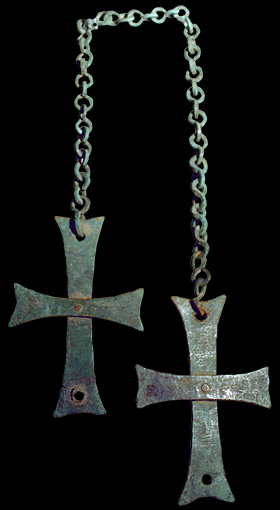
Bronze Byzantine Crosses and Chain
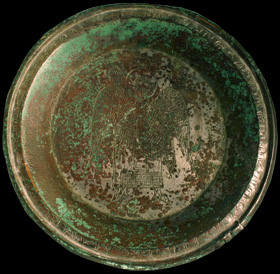
Tinned Byzantine Paten
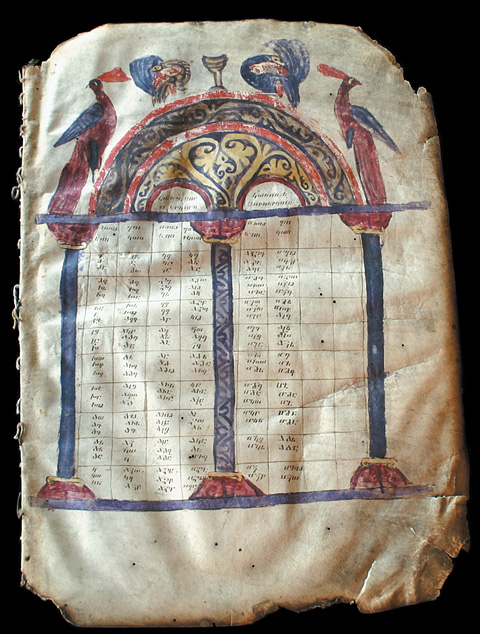
Illuminated Armenian Canon Table
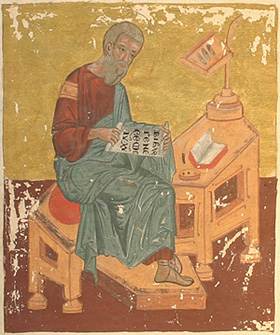
Illuminated Byzantine Leaf of Evangelist Matthew
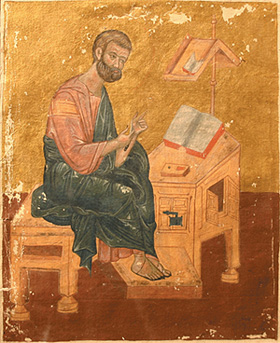
Illuminated Byzantine Leaf of Evangelist Mark

Illuminated Byzantine Leaf of Evangelist Luke
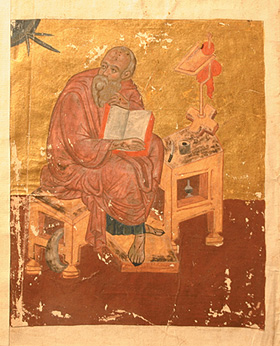
Illuminated Byzantine Leaf of Evangelist John
